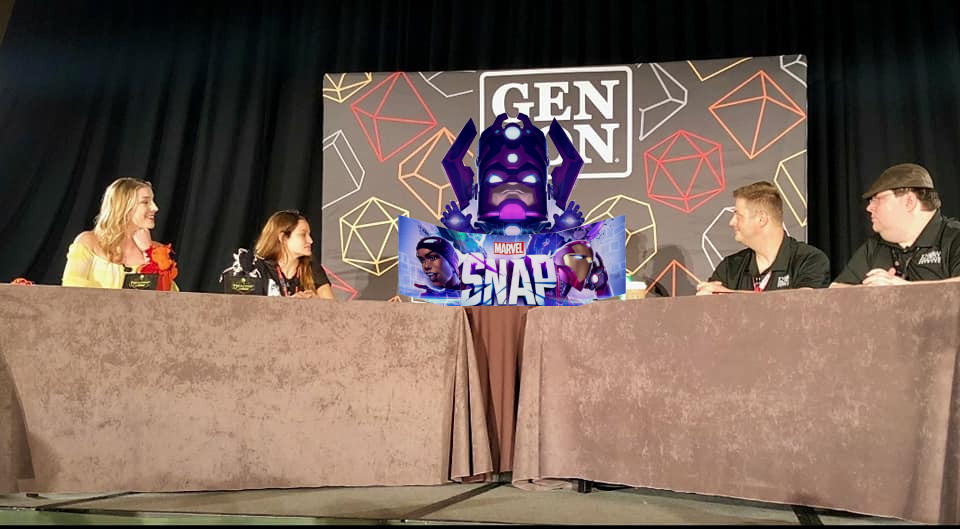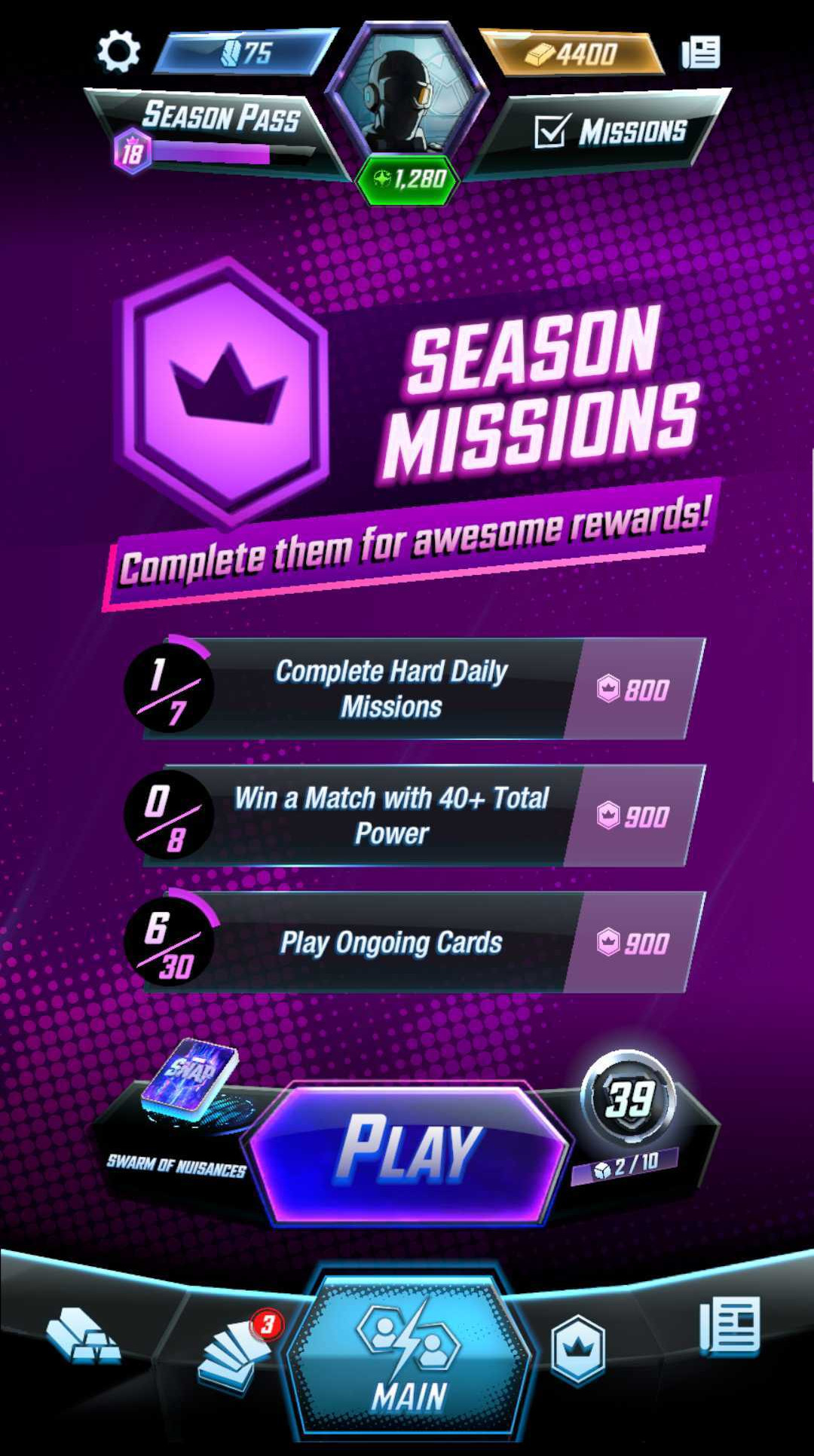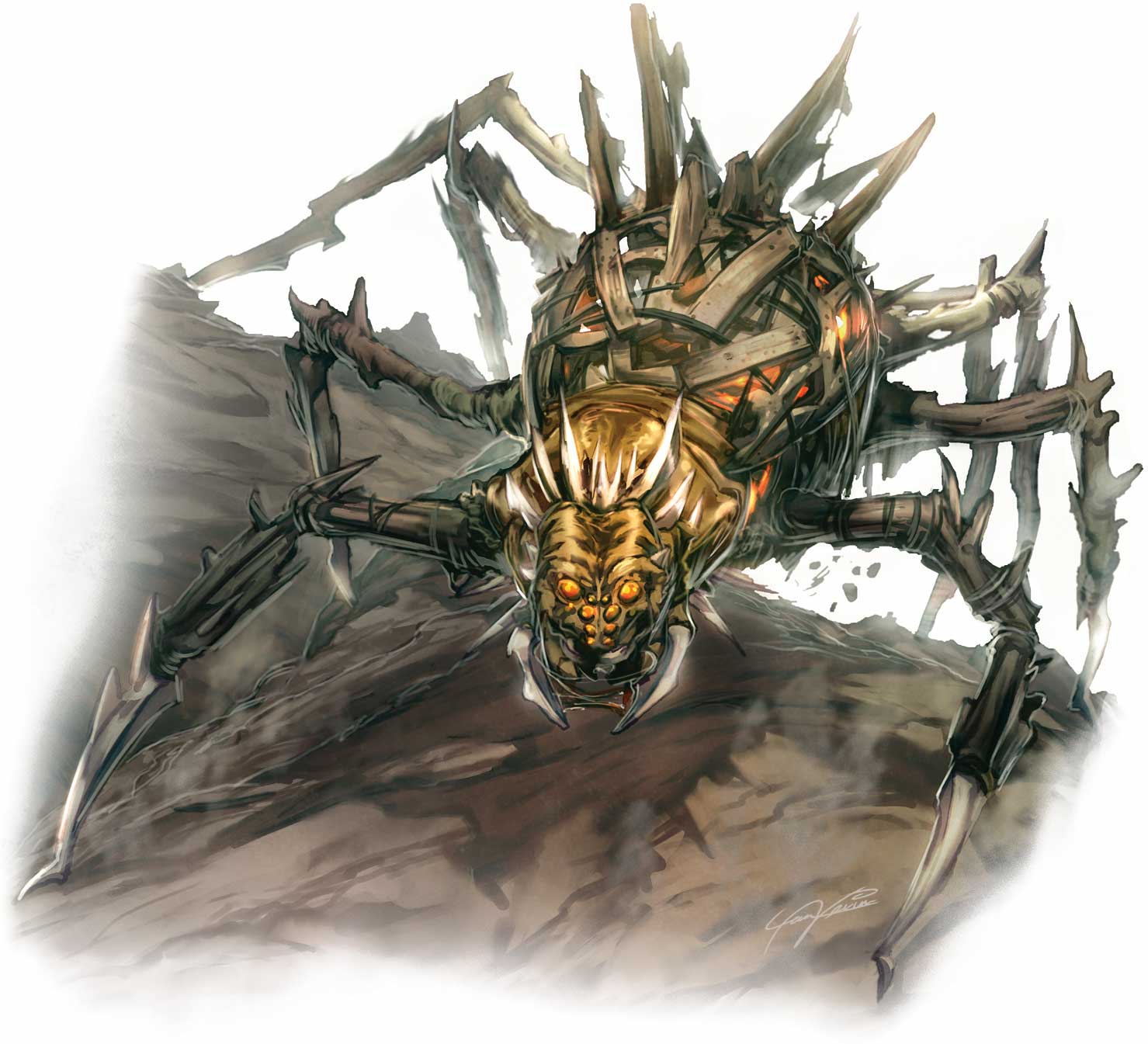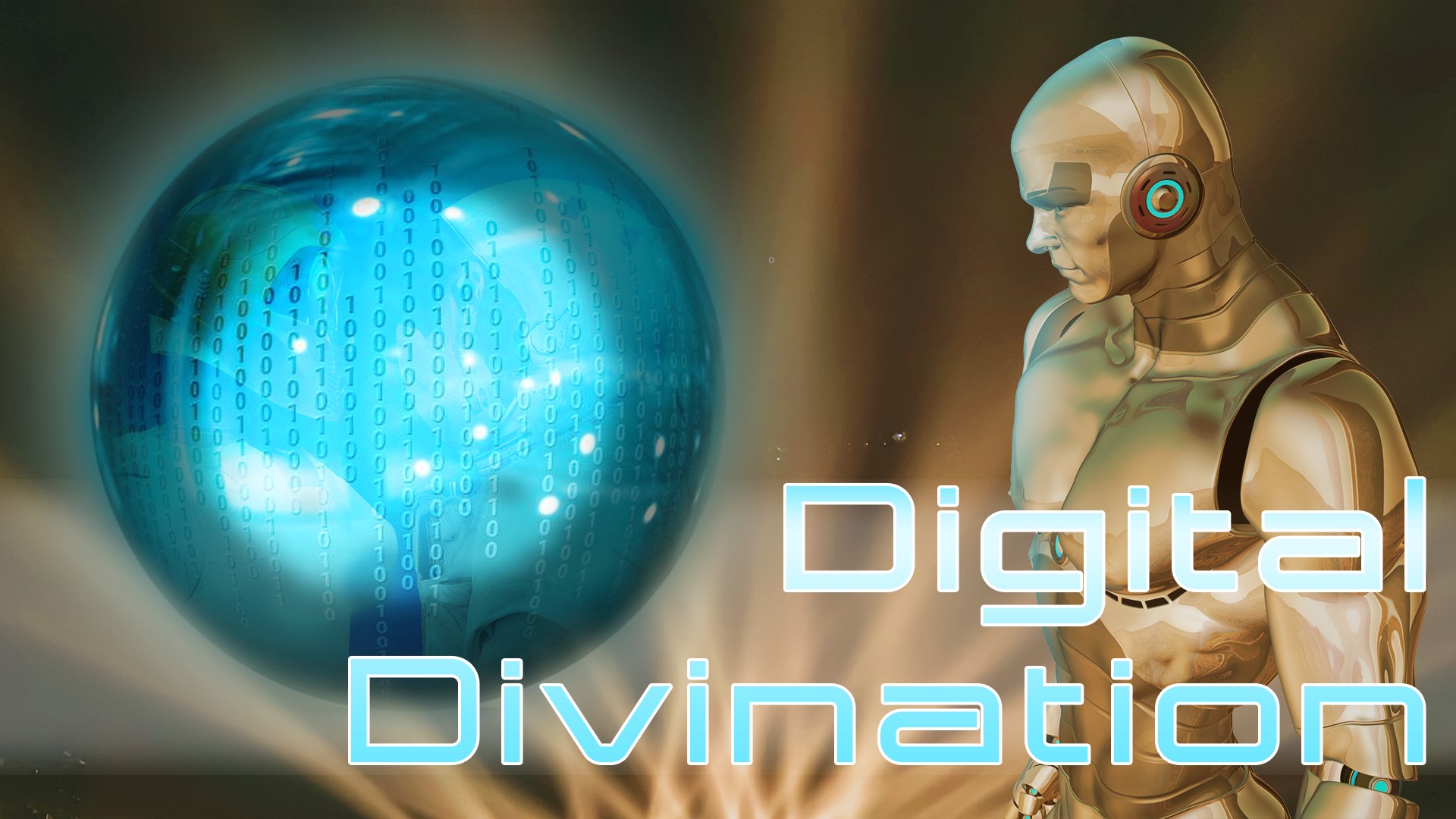At the recommendation of Cathy, Alex, and non-network friends, I picked up Marvel Snap. I liked it. And, as with most things, I started thinking about what I could take from it and apply to GMing TTRPGs.
What Is Marvel Snap?
Marvel Snap is a digital collectible card game by Second Dinner and Nuverse. In it, you collect cards based on Marvel comic characters, build them into 12-card decks, and play matches against other players in 6-turn combats for supremacy of two of the session’s three locations. Cathy, Alex, and the rest correctly called that I’d enjoy this game.
As a CCG, with no plot or justification for the matches beyond “they’re what’s in your deck,” you might wonder what you can learn from this game, my fellow GMs. Therein lies one of the many unexpected layers to the Marvel Snap experience.
Implied Stories
When I play Marvel Snap, I imagine my opponent is a very bad person who is only motivated by ruining my game, so I play cards to hurt them before they hurt me. And that isn’t the only creative justification that happens while I play.
Marvel Snap is better than the most modern AI storytelling software when it comes to generating random stories from familiar elements. In fact, that was going to be the topic of this entire article, but The Verge beat me to it.
Filling In The Blanks
Because I’m familiar with the majority of the cards in the game (I admit, Debrii escapes me), there’s narrative potential in every play. Why is Uatu The Watcher, normally sworn not to engage, putting on Hulkbuster armor to fight Shocker? How many squirrels does Elektra have to kill before she feels like you’re not taking her talents as a master assassin seriously? Could Shang-Chi really defeat four Hulks in a Gamma Lab?
The best licensed games use player familiarity with the source material as shorthand. Now, it’s possible the intent with Snap was, y’know, the opposite of that. Well that doesn’t stop me and Cathy from coming up with wild stories based on how or games played out.
This reminds me of one of my favourite moments GMing Pathfinder at GenCon. It was a special, so it was safe to assume that my players knew the source material well. So, when a player failed a bluff check to get past a guard by waving a holy symbol of Sarenrae and pretending to be there on church business, I had the guard open a drawer of confiscated holy symbols, grab one, and say “Yeah? Well I’m a paladin of… Pharasma.”
This was early in Pathfinder 1e’s life cycle, and one of my first times drawing on setting knowledge like this. The whole table instantly recognizing my reference and bursting out laughing still makes me feel good. So whether you’re playing Pathfinder, Marvel, or your favourite Essence20 setting, use everyone’s shared knowledge to save time and energy on exposition.
Evocative
Marvel Snap avoids any text on its cards explaining who they are and what their deal is beyond the character’s name. It conveys this through a combination of rules text and special effects, taking full advantage of this card game being digital. When you play The Thing, the card lands with a thud, cracking the virtual game table and making the other cards shift around. When you play Abomination, the same thing happens on a larger scale. And when you play The Hulk, it’s the biggest impact of all. The craters glow with gamma radiation, and some of the other cards look like they’re about to flip over.
When you play Cyclops, he blasts a red laser across the location. When you play Rocket, an absurd amount of guns pop out and fire cartoonishly. When you play Spiderman, the card does a flip before it lands and webs the opposite side of the location. If you don’t know any of these characters, Marvel Snap teaches you through special effects.
I’ve talked about this before, but presentation is so important to the experience at the table. Don’t just say a red dragon lands and then call for initiative. Take a minute to set it up. Tell your players they’re sweating and don’t know why. A whiff of smoke passes their noses. The sky itself starts playing drums, and the beats are getting closer. Ask yourself what special effects Marvel Snap would add when you play that red dragon and describe them.
Positive Reinforcement
On top of selling the characters and their powers, Marvel Snap’s special effects just make me feel good about playing a card. Flashing lights and fun animation tickle my brain. But, they’re not the only way Marvel Snap gets my serotonin goin’. This game knows how to make you feel good about playing it.
Before I go further, look at my menu and see if you can figure out my level.
You probably narrowed it down to either the 1280 in the green area below my avatar or the 39 in the silver circle next to the Play button. The answer is both.
Participation Trophies
1280 is my deck’s level. It’s a score I increase by unlocking and upgrading cards. That means even if I have no plans to put, say, Nick Fury in a deck, it feels good to get him because it means my deck level goes up. And increasing my deck level unlocks resources, and more cards, in an endless cycle of pleasure generation.
In RPG terms, these could be vanity awards with impact on player engagement outside of character level. Free drinks for life at the tavern. Adding a title or increasing a rank. Kudos directly from Optimus Prime. There may not be a spot on the character sheet to track this kind of reward, but they stick with your players longer than another 1000 XP. Especially if you get kudos from Optimus Prime and you aren’t even playing the Transformers RPG. Just a red truck rolls out to Andoran, converts into a metal construct, and gives the players a big ol’ thumbs up.
Scaled Difficulty
39 is my current experience level. Winning raises my experience level. Losing lowers it. Naturally, I inherently want to see get as high as possible (unlocking more participation trophies!). However, this number isn’t just for me as a player. It tells the game what opponents to put me up against.
Before I get into how that affects game play, there is one other purpose for deck level. Cards are divided into tiers. Your deck needs to surpass a certain level (and deck levels only ever go up) to gain access to additional pools of cards. These cards are more powerful, more complex, or create new combos and uses for lower tier cards. For example, Squirrel Girl is a 1 Cost, 1 Power card that adds two 1 Cost, 1 Power squirrels when I play her. Ka-Zar gives 1 Cost cards +1 Power. Unlocking Ka-Zar turns Squirrel Girl from a 1 Cost, 3 total Power card into a 1 Cost, 6 total Power card. The more combos you can fit into your 12 card deck, theoretically, the more powerful the deck.
Your experience level pits you against two types of opponents: lower tier players who are good at their decks, and higher tier players who are bad at their decks. Playing against higher tier decks gives a preview of cards to look forward to, without more powerful cards crushing you and leaving a negative first impression.
This opened my eyes to a new way to mix up encounters. It’s pretty typical to adjust the number of enemies in an encounter. But I never considered adding higher level enemies who were just bad at their job.
Say I’m running an adventure path. We’re in book 2, and book 3 is all about wyverns. Wyverns can fly, drag held enemies at high speeds, and inject them with poison. What happens to the narrative if I add an encounter to the end of book 2 against a wyvern with a wing cramp? It acts like a tutorial for what to expect from their poison, letting players get in Recall Knowledge rolls when the stakes are lower. Also, it serves as a prologue for the next book. Obviously overusing this trick would lead to diminishing returns, but I love having it as another option for how I tell my stories and challenge my players.
In Conclusion
Roleplaying gamefies experience. Every life experience can be a learning experience for how we run our games, my fellow GMs. That’s especially true with the games we play away from the tabletop.
Also, apologies to Jason Bulmahn, the original GM in the above picture before Galactus devoured him.
Every two weeks, Ryan Costello uses his experience as a Game Master, infused with popular culture references, to share his thoughts on best GMing practices to help his fellow GMs. Often deconstructing conventional wisdom and oft repeated GMing advice, he reminds his fellow GMs that different players play the game in different ways, and for different reasons.







